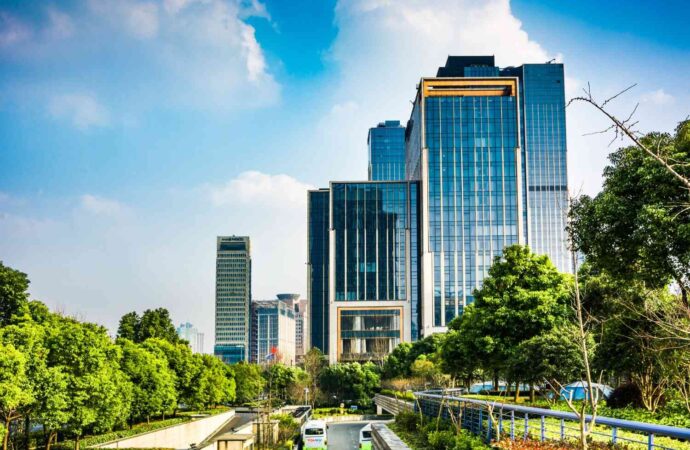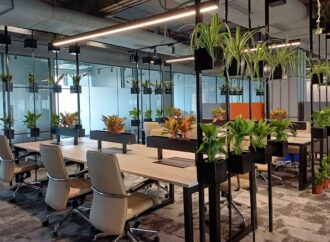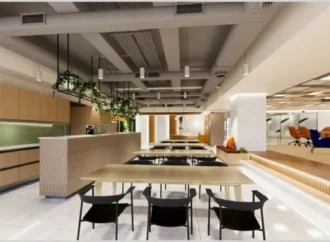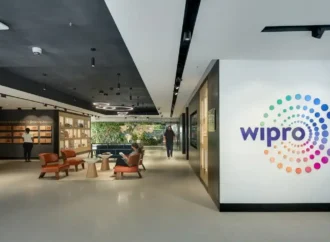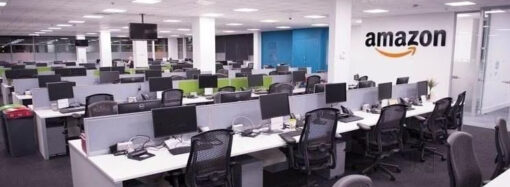Discover the evolution of India’s office space globally, focusing on flexible work environments and the rise of hybrid work cultures post-pandemic.
The COVID-19 pandemic brought a tectonic shift in the world’s operations, significantly impacting work environments. Four years post-pandemic, companies are gradually reinstituting work-from-office models but with a twist. The traditional 9-5 work schedule is evolving into a more agile and flexible work cultures. The work-from-home era allowed employees to rethink their work-life balance, highlighting the stress and inefficiency of long commutes. Many realised that daily travel to and from the office added to their mental and physical exhaustion, hampered productivity, and disrupted work-life balance.
The Rise of Hybrid Work Culture
Businesses adapted to the digitally connected world, recognising that results could be achieved without the rigid 9-5 schedule and the financial burden of traditional office ownership or long-term leases. This shift in perspective has fueled the rise of hybrid work cultures and flexible workspaces, leading to significant growth in India’s flexible real estate market. A recent report by Colliers highlights that the flex space market in India registered the fastest growth in the Asia-Pacific (APAC) region, projected to exceed 80 million square feet and account for 9-10% of the Grade A office stock in the country. Startups, SMEs, and multinational companies have contributed to this progression by transitioning to coworking spaces or managed offices, accommodating diverse working styles and optimising costs to meet evolving business needs.
Coworking and Managed Office Spaces | Two Sides of the Same Coin
- Coworking Spaces
Coworking spaces are collaborative environments where individuals from various backgrounds share a workspace. These spaces offer short-term leases, making them ideal for independent professionals and startups. The primary facilities at coworking spaces include networking events, comfortable breakout areas, ergonomic seating, and wellness amenities. These features create a flexible, cost-effective work environment fostering collaboration and community.
- Managed Office Spaces
Managed spaces, also known as serviced offices, are operated by third-party real estate suppliers. These offices are in prime areas and offer flexible lease terms tailored to larger businesses seeking custom-designed spaces. Managed offices are known for their efficiency, convenience, and ability to reflect a company’s brand and values. They provide a professional environment with customisations that meet the specific needs of businesses.
- Comparison
Both coworking and managed office spaces aim to provide flexible and efficient work environments tailored to the needs of businesses and professionals. While coworking spaces emphasise collaboration, community, and flexibility, managed spaces focus on professionalism, customisation, and convenience. Together, they represent modern workspace solutions that cater to a broad spectrum of requirements.
The Global Perspective on Flexi Realty Spaces
- Cushman & Wakefield’s XSF@home Survey
The global demand for flexible workspaces is rising, as Cushman & Wakefield’s XSF@home Survey indicates. Based on 2.5 million data points from over 50,000 respondents across 99 countries, the survey reveals a shift towards a Total Workplace Ecosystem. This ecosystem integrates home, office, and third places like coworking spaces and cafes. The survey highlights a strong preference for hybrid work environments, underscoring the demand for coworking spaces and cost-effective formal, collaborative, and brand-centric office areas.
- British Contract Furnishing Association’s (BCFA) Report
The BCFA report suggests that working from home full-time can increase employee stress and loneliness, emphasising the importance of face-to-face interactions and teamwork. Additionally, going fully remote may lower productivity by 10% to 20% due to the need for more effective mentorship and peer learning. Consequently, many companies are implementing hybrid work models to balance remote work with in-person collaboration.
- CBRE India Research
The CBRE India Research on India’s Office & Flex Outlook 2024 revealed that India is the fastest-growing flexible office market globally, with a total stock of about 68 million square feet. The report highlights the ‘Core+Flex’ strategy, which allows tenants better financial efficiency, in-office facilities, company culture, and the option to work from different locations. Out of the nine surveyed cities, Bengaluru and Delhi topped the availability of flexible workspace stock, estimated to reach 80 million square feet in 2024. With most job seekers in India preferring to work in a hybrid setting, flexible office spaces hold immense growth potential, benefiting both employers and employees in the long run.
A Bright Future Ahead
Flexi spaces in India are evolving to prioritise employee engagement, collaboration, and cost-effectiveness. The future of office spaces in India looks promising, with continued growth driven by evolving work models, improved office designs, and a focus on employee well-being and sustainability. As the demand for tailored workspaces that blend the comfort of home, modern designs, and a professional setup increases, the flexible office space market is set to flourish.
Conclusion
The evolution of India’s office space in the global context reflects a significant shift towards flexibility and efficiency. The rise of hybrid work cultures and the growing demand for flexible workspaces are reshaping the traditional office landscape. With a promising future ahead, India’s flexible office space market is poised for substantial growth, benefiting businesses and employees.

